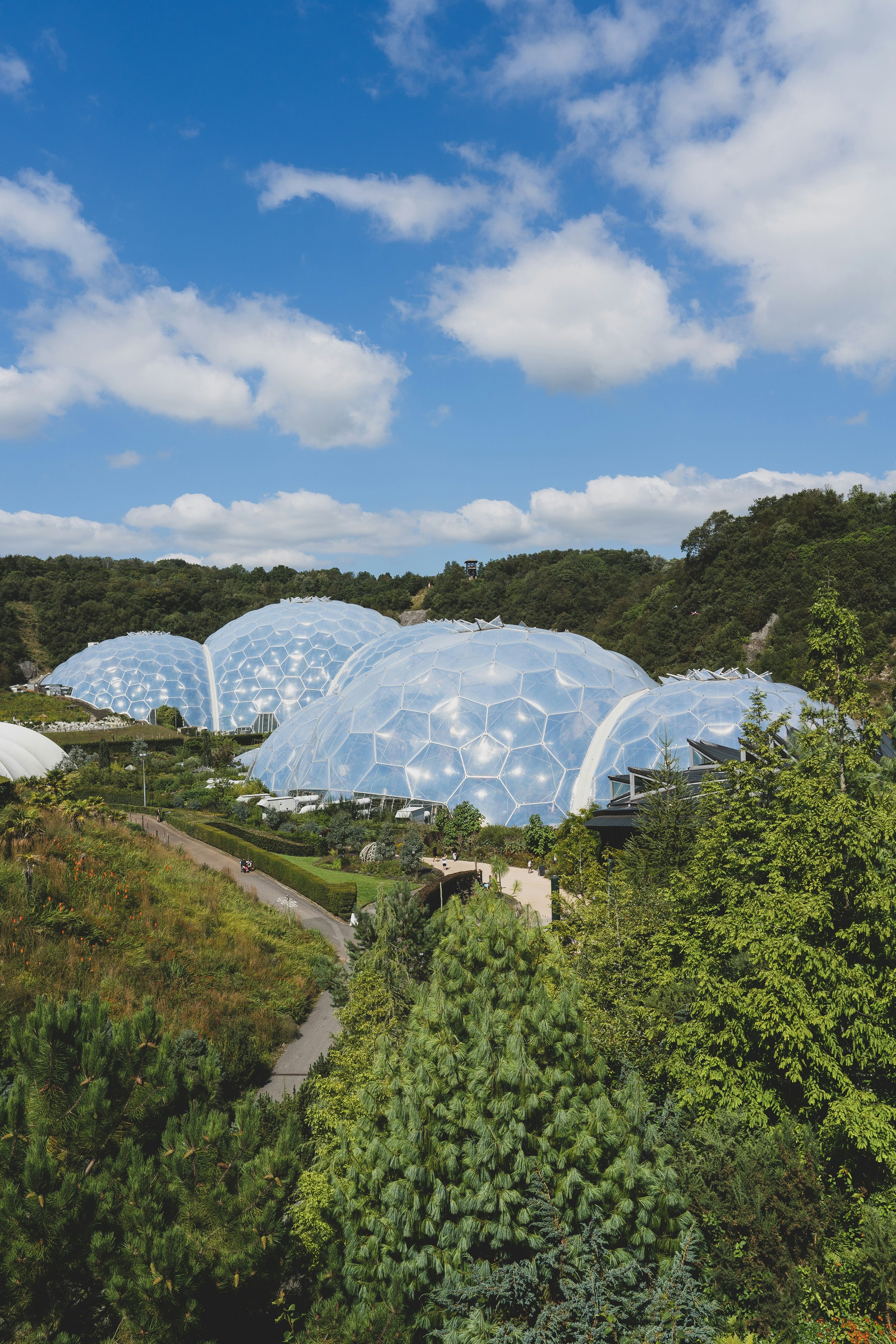Processes of Innovation
Innovation is a dynamic and multifaceted process that is essential for businesses to adapt, grow, and remain competitive. It encompasses a variety of strategies and methodologies aimed at creating new or improved products, services, processes, and business models.
Exploring the Multifaceted Processes of Innovation
Here we delve into several processes of innovation, including some that are particularly relevant to sustainable and responsible business practices.











Innovation is not a one-size-fits-all process, and businesses must choose the right mix of these processes based on their strategic goals, market position, and innovation culture. By understanding and effectively implementing these diverse processes, organisations can enhance their competitiveness and achieve sustainable growth.
An Iterative Approach to Innovation
Innovation is a complex process that can take many forms, from incremental improvements to radical breakthroughs. One of the most effective methods for fostering innovation is the iterative approach, which involves a cycle of prototyping, testing, analysing, and refining a product or concept. This approach is particularly beneficial because it allows for continuous learning and adaptation, which can lead to more user-centric and successful outcomes.
Benefits of Iterative Innovation
Iterative development offers several advantages:
Faster Time to Market: By breaking down a project into smaller parts, organisations can release functional increments more quickly, allowing for user feedback and adjustments along the way.
Flexibility and Adaptability: It enables organisations to respond swiftly to changing market conditions and customer needs, ensuring that the product remains relevant and competitive.
Risk Mitigation: Early testing and feedback help identify and address potential issues before they become costly problems, reducing the overall risk associated with innovation.
Enhanced Collaboration: The iterative process encourages teamwork and stakeholder involvement throughout the development cycle, leading to better communication and shared understanding of project goals.
Improved Product Quality: Continuous testing and iteration help refine the product, leading to higher quality and better alignment with user needs..
Other Approaches to Innovation
While the iterative approach is highly effective, it's not the only method available. Other approaches include:
Stage-Gate Process: This method involves passing through a series of stages and decision points (gates) where the project is evaluated and either advanced, revised, or halted.
Design Thinking: A user-centric approach that involves understanding user needs, ideating solutions, prototyping, and testing. It emphasizes empathy and creative problem-solving.
Open Innovation: This approach leverages external ideas and collaborations, such as hackathons and partnerships, to drive innovation.
Lean Startup: Focuses on building a Minimum Viable Product (MVP), gathering user feedback, and iterating quickly to achieve product-market fit.
Systemic Design: Integrates design thinking with systems thinking to address complex challenges and create innovations with positive societal impact.
Iterative Innovation in Practice
Real-world examples of iterative innovation include tech giants like Microsoft and Apple, which regularly update their products with new features and improvements based on user feedback and testing. This approach is not limited to the tech industry; it's also used in sectors like aerospace, where NASA has applied iterative methods to projects like the Space Shuttle.
Conclusions
The iterative approach to innovation is a powerful tool that allows businesses to adapt quickly, reduce risks, and create products that truly meet the needs of their users. While it's one of many methods available, its benefits make it a popular choice for companies looking to stay agile and competitive in a rapidly changing market. Whether used alone or in combination with other approaches, iterative innovation is a key strategy for driving growth and success in today's business landscape.
The Future of Nature-Inspired Innovation
The growing trend in nature-inspired innovation has attracted increasing interest from pioneering companies looking into resource-efficient solutions across various industries. With a significant increase in patents, publications, and news articles, the field of nature-inspired technologies is gaining momentum, highlighting its potential to drive significant economic output and responsible, sustainable and regenerative outcomes.
Biomimicry Innovation Lab is committed to advancing nature-inspired innovation, leveraging our extensive knowledge base, networks, and collaboration to craft innovative solutions for a responsible, sustainable and regenerative future. Our work exemplifies the power of looking to nature for inspiration, demonstrating that the solutions to our most pressing challenges may already exist in the natural world around us.


